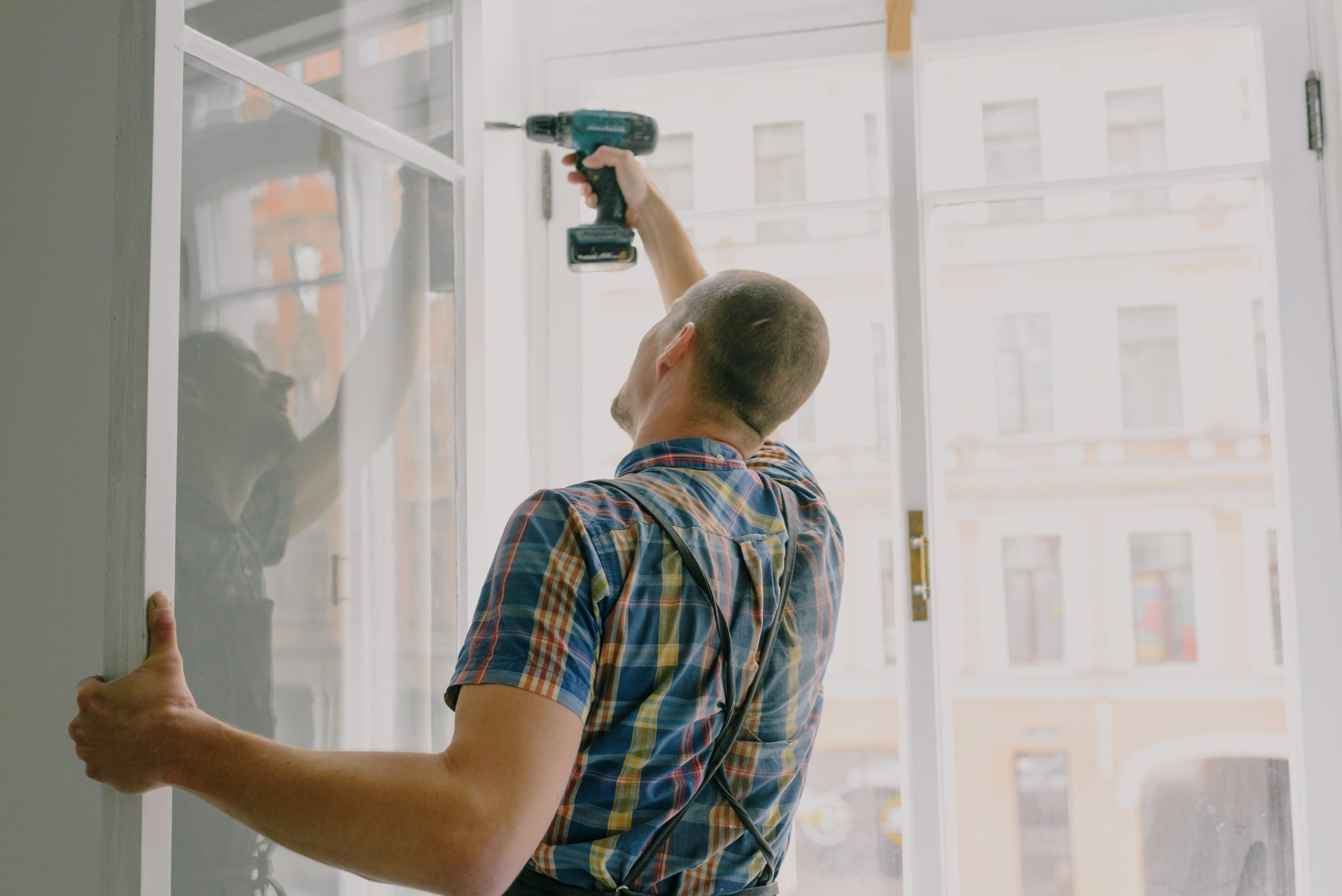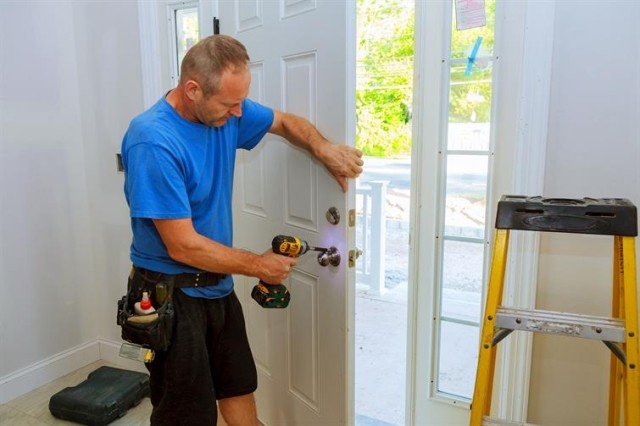Dealing with Plumbing Problems in Rentals
Dealing with Plumbing Problems in Rentals
Blog Article
Do you find yourself trying to locate tips involving How to Handle Plumbing Issues in Your Rental Property?

Managing pipes issues in rental buildings efficiently is vital for maintaining occupant satisfaction and protecting the property's value. Whether you're a proprietor or a residential or commercial property manager, understanding exactly how to resolve these common issues can conserve you money and time while guaranteeing conformity with lawful duties. Here's a step-by-step overview on just how to take care of plumbing issues in rental residential properties.
Record Everything
Keep comprehensive documents of all reported plumbing issues and the actions taken to solve them. Documents needs to include dates, descriptions of the problem, communication with occupants, and invoices from service providers or plumbers. This information can be important for insurance coverage cases, tax obligation reductions, and legal security.
Usage Qualified Professionals
Constantly make use of qualified and insured specialists for significant plumbing repairs and installations. This guarantees that the work is up to code and can help avoid liability concerns in case of crashes or more damages. It likewise guarantees occupants that repair services are being taken care of properly.
Develop Clear Communication
Encourage tenants to report any pipes concerns as soon as they happen. Provide multiple communication channels such as phone, e-mail, or an occupant website to make it easy for them to reach out. Motivate feedbacks to these records can avoid minor issues from rising into major troubles.
Inform Renters
Educate your tenants concerning what makes up a plumbing emergency situation and what does not. Supply guidelines on just how to manage minor issues themselves, such as making use of a plunger to unblock a bathroom. Also, educate them regarding what they ought to stay clear of putting down drains to avoid obstructions, such as grease, coffee premises, and non-biodegradable things.
Routine Maintenance
Execute a routine upkeep timetable for all pipes systems in your leasing buildings. Regular checks can aid identify and fix problems like leakages, slow-moving drains pipes, or rusty pipelines prior to they end up being major. Take into consideration working with an expert plumbing professional to evaluate the properties each year or semi-annually.
Quick Feedback to Emergencies
Have a strategy in place for responding to pipes emergencies. This ought to consist of having the get in touch with details of trusted pipes services that offer 24/7 emergency situation fixings. Quick activity is necessary to decrease damage in situations like ruptured pipelines or severe leakages.
Preventive Upgrades
Consider upgrading older pipes systems and fixtures to much more contemporary, effective models. This can minimize the regularity and severity of pipes problems and reduced long-term upkeep costs. It's also a selling point for possible lessees who value upgrades and contemporary features.
Occupant Move-Out Inspections
Conduct thorough pipes checks throughout move-out inspections to guarantee that any type of problems are recognized and resolved before a brand-new occupant relocate. This prevents conflicts with new occupants over pre-existing conditions and ensures the home remains in leading problem.
Understand Lawful Responsibilities
Be aware of your lawful responsibilities relating to plumbing and basic building upkeep. The majority of territories call for landlords to ensure their residential properties are habitable and that all pipes systems remain in good working order. Failure to deal with serious concerns immediately can cause legal actions from lessees.
Occupant Compensations
If a pipes problem calls for instant attention and the lessee solves the problem on their own, have a clear policy in position for repaying costs. Make sure occupants know they must get prior authorization for higher-cost fixings unless it's an absolute emergency situation.
Conclusion
Managing pipes issues in rental buildings needs a positive strategy and good interaction with lessees. By staying on top of maintenance, responding quickly to emergency situations, and making use of professional professionals, property managers can keep their buildings in superb problem and preserve good relationships with tenants.
How to Handle Water Damage in a Rental Property
What is Water Damage?
Water damage is harm or destruction caused by water entering areas where it is not supposed to be. It can be caused by a variety of sources and can manifest in different ways. The most common examples of water damage include:
Leaking roof Plumbing leaks Appliance malfunctions Poor drainage Flooding Sewage backup Condensation Tenant negligence HVAC system issues Frozen pipes Is water damage dangerous?
Water damage itself is not inherently dangerous, but it can lead to various hazards and health risks if not promptly and properly addressed. The severity of these risks depends on the extent of the water damage, the source of the water, and how quickly it is mitigated.
Some potential dangers associated with water damage include structural damage, mold and bacterial growth, electrical hazards, water contamination, and pest infestations. In situations where mold and mildew have gone unaddressed, mold can start to develop within 24-48 hours of water exposure, and this can impose a serious health risk to tenants. In particular, mold spores and damp conditions can lead to respiratory issues and even make existing health problems worse, such as allergies, asthma, or immune disorders.
Water Damage in an Apartment - Who is Responsible?
If the water damage is caused by the tenant’s negligence, the tenant is responsible for the cost of repairs. If the water damage is caused by a defect in the property, the landlord is responsible for the cost of repairs. If the water damage is a result of natural causes, such as excessive rain, then the landlord is responsible, since the water intrusion likely occurred due to a defect in the property. Landlord Responsibility water damage in rental property
Since maintaining habitability is the landlord’s legal responsibility, landlords are responsible for any resulting structural damage caused by water damage. These structural damages may include damage to walls, roofs, ceilings, and flooring. If water damage has affected the rental property’s original structure, the landlord is responsible for repairing or replacing those materials. Therefore, landlords should have property insurance that covers the structural components of their rental property so that they can receive help with the costs of covered events.
Preventative measures can also help landlords avoid massive renovations. Preventative maintenance may include conducting regular inspections to identify and address potential water damage before it becomes a major and urgent problem.
If a landlord fails to meet their responsibilities regarding water damage, it can lead to legal disputes and potential liability. Tenants who believe their landlord is not addressing water damage issues in accordance with California law can seek legal advice or contact local housing authorities for assistance.
https://www.goodlifemgmt.com/blog/water-damage-in-a-rental-property/

As a fervent reader about Who is responsible for plumbing maintenance, I imagined sharing that piece of content was a smart idea. Make sure you set aside a second to promote this blog post if you enjoyed it. Thanks so much for your time invested reading it.
Report this page